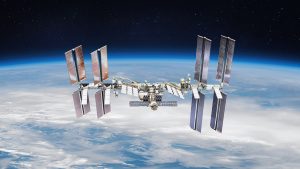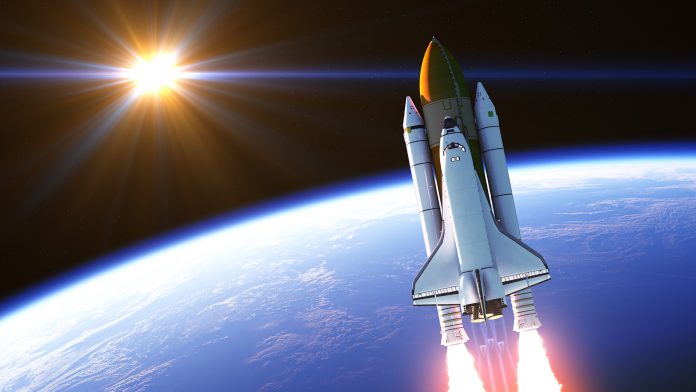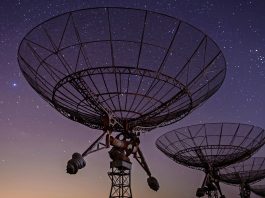An experiment performed onboard the International Space Station (ISS) has revealed the potential dangers posed by space radiation during human space flights.
Conducted by a team of international researchers, the long-term ISS experiment analysed the effects of space radiation on mouse embryonic stem cells, an endeavour that will further scientists’ knowledge of the safety and risk associated with human space flights.
The research is published in the journal Heliyon.
The commercial launch of human space flight
Space flight is becoming increasingly common, with ordinary citizens now granted the possibility of travelling beyond our little blue planet and long-term crewed flights to deep space, such as Mars and the Moon, also on the horizon.
However, one of the limitations of crewed exploration is the potential impact of space radiation. Experts have carried out comprehensive studies to investigate the effects on the human body, but due to the majority of these being performed on the ground, not in space, the results yielded various uncertainties.
This is because space radiation is comprised of a range of particles with different energies, and astronauts are constantly irradiated with low-dose rates, meaning the space environment cannot be accurately reproduced on the ground.
Takashi Morita, a professor at the Graduate School of Medicine, Osaka Metropolitan University, explained: “Our study aims to address the shortcomings of previous ground-based experiments by performing a direct quantitative measurement of the biological effect of space radiation on the International Space Station and comparing this real biological effect with physical estimates in the ground-based experiments.”
Is space radiation dangerous?
For their investigation, the researchers performed a direct quantitative measurement of the biological effect of space radiation. They achieved this by launching 1,500 cryotubes containing highly radio-sensitised mouse embryonic stem cells to the ISS.

Aboard the ISS, the stem cells were exposed to space radiation for over four years, allowing the team to assess the biological effect by examining chromosome aberrations. The results demonstrated that the actual biological effect of space radiation was similar to earlier predictions based on the physical measurement of the radiation.
Professor Morita commented: “It was difficult to prepare the experiment and to interpret the results, but we successfully obtained quantitative results related to space radiation, meeting our original objective.
“For future work, we are considering using human embryonic stem cells rather than mouse embryonic stem cells given that the human cells are much better suited for human risk assessment, and it is easier to analyse chromosome aberrations.”
The researchers are also considering launching individual mice or experimental animals to monitor their chromosome aberrations in space.
“Such experiments in deep space can further contribute to reducing uncertainties in risk assessments of prolonged human journeys and stays in space,” concluded Professor Morita.









